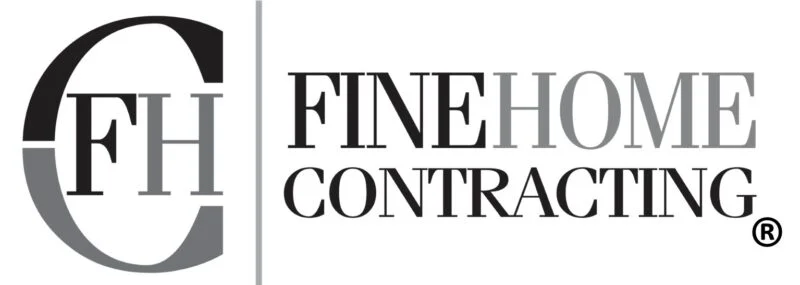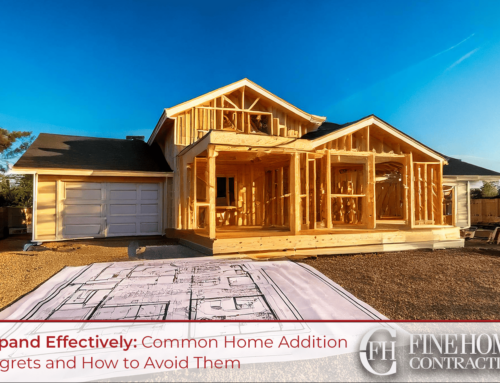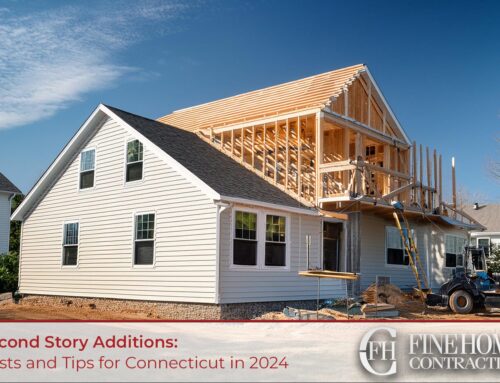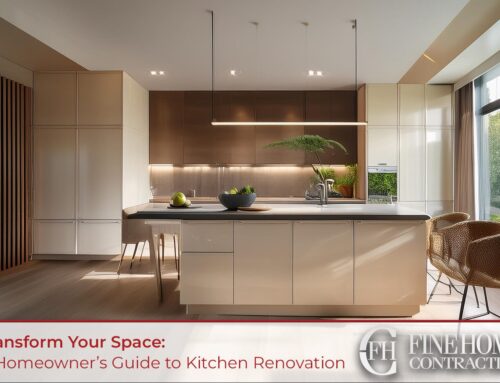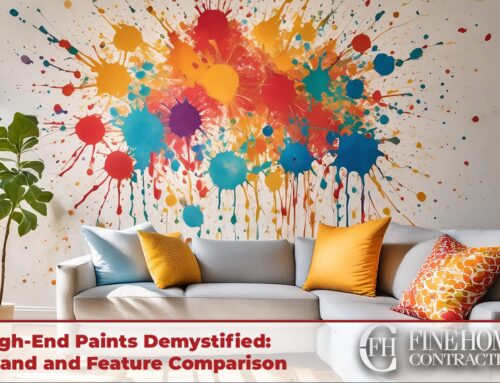As a first-time homeowner, it’s not uncommon to have big dreams for your property: Whether you’re thinking of remodeling core functional rooms like your kitchen and bathrooms, or interested in adding a little extra living space with an addition. Expanding your home or improving your home’s functionality can be a great investment, and one of the best ways to increase your return is using government backed renovation loans. This article will walk you through the entire process, from understanding what a Homestyle loan is to finding the right contractor and managing payments. Let’s dive in!
What is a Homestyle Loan?
A Homestyle loan, also known as the Fannie Mae HomeStyle Renovation Mortgage, is a government-backed loan program that allows homeowners to finance the cost of remodeling, renovating, or adding to their homes. This program provides flexibility and convenience, making it an excellent choice for funding your home improvement project.
The Homestyle loan’s origins can be traced back to the aftermath of the 2008 housing crisis. Fannie Mae, a government-sponsored enterprise, introduced this program with the goal of revitalizing the housing sector and providing homeowners with a streamlined and cost-effective way to purchase and renovate their properties. Over the years, the program expanded to encompass various renovation and remodeling projects, gained government backing, and garnered industry acceptance. Today, the Homestyle loan remains a popular choice for homeowners, offering competitive interest rates, flexible terms, and the convenience of a single loan for property purchase and renovation. Understanding this historical context can provide first-time homeowners with confidence in their choice of financing for home addition projects.
Homestyle Loan vs. Other Financing Options
When considering financing options for your home addition, it’s essential to weigh the pros and cons of various choices. The Homestyle loan stands out for its flexibility, allowing you to purchase and renovate a home with a single mortgage. In contrast, FHA 203(k) loans are government-backed and also provide renovation financing but may have stricter requirements. Home Equity Lines of Credit (HELOCs) are ideal for those with substantial home equity, as they allow you to borrow against your property’s value, but they come with variable interest rates. Other common options, such as personal loans and credit cards, offer more straightforward access to funds but often come with higher interest rates and shorter terms. It’s important to assess your financial situation, project scope, and eligibility to determine which financing option aligns best with your goals and resources.
About Additions
When deciding on the type of home addition to undertake, it’s crucial to consider the pros and cons of various options to meet your specific needs.
- Second-story additions offer the advantage of expanding living space without sacrificing yard space, making them ideal for growing families. However, these projects can be more complex and costly, often requiring structural changes and comprehensive planning.
- Bump-out additions, on the other hand, are a more cost-effective choice, providing additional room for specific purposes such as expanding a kitchen or creating a cozy reading nook. They are relatively simple to implement and are an excellent solution for homeowners with space limitations.
- Accessory dwellings and in-law suites serve multiple functions, allowing homeowners to generate rental income or provide accommodation for extended family members. Yet, these options may involve zoning and permitting considerations that could complicate the process.
To explore more in-depth information on these additions, their costs, and specific requirements, you can visit check out our additions cost guide here. It’s important to weigh the advantages and disadvantages of each type to select the one that aligns best with your project goals, budget, and available space.
Planning Your Addition
Finding a Lender
Securing the right lender for your home addition project is a critical step in the financing process. The choice of a lender can significantly impact the terms and conditions of your loan, making it essential to consider various factors to ensure you make the best decision for your specific needs.
Types of Lenders
Pre-Approval Process
Getting pre-approved for a Homestyle loan is a crucial initial step. During the pre-approval process, a lender evaluates your financial situation, creditworthiness, and eligibility for the loan. Pre-approval provides several advantages:
Comparing Loan Offers
After you’ve been pre-approved, you’ll likely receive loan offers from different lenders. It’s essential to compare these offers meticulously to ensure you get the best deal. Factors to consider include:
Other Tips
When searching for a lender, keep these additional tips in mind:
Finding a Contractor
How Payments Work
When financing a home addition with a Homestyle loan, understanding how payments work is crucial for managing your project’s financial aspects effectively. This section provides valuable insights into the various aspects of payment disbursement, scheduling, contingency planning, and the role of inspections and approvals.
In conclusion, financing a home addition with a Homestyle loan can be an excellent choice for first-time homeowners looking to enhance their properties. By following the steps outlined in this comprehensive guide, you’ll be well-prepared to embark on your home improvement journey. Remember to research thoroughly, plan your project carefully, and choose your partners wisely. With the right approach, you can transform your house into the dream home you’ve always envisioned.
